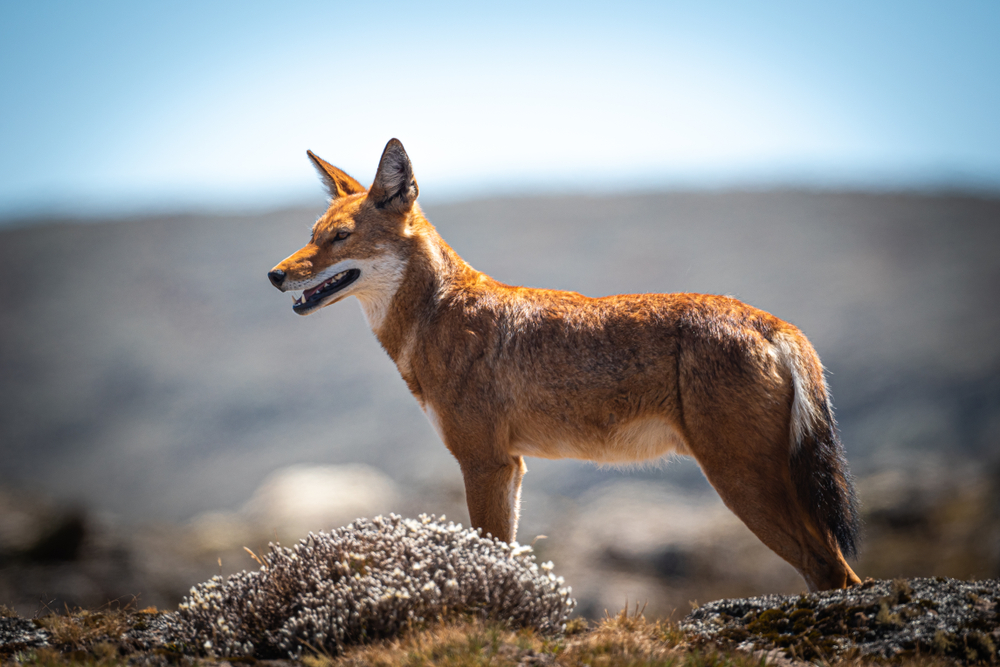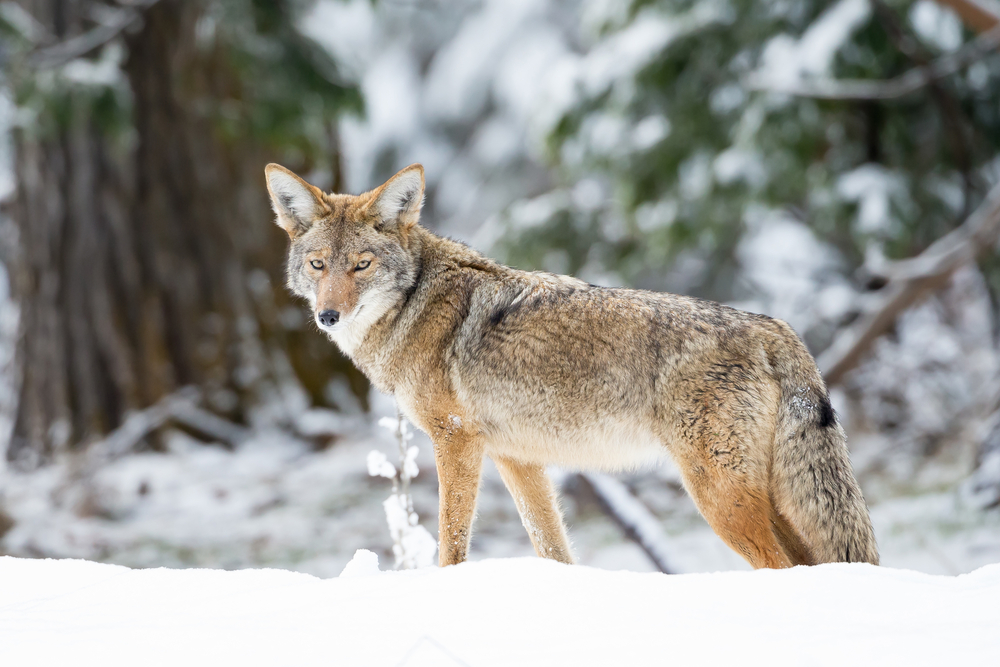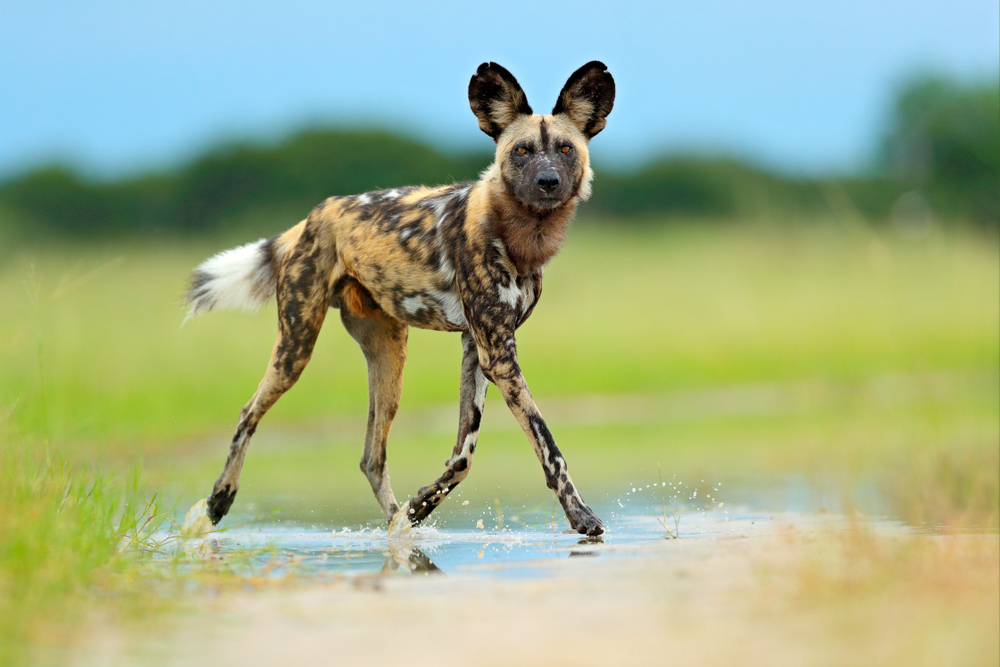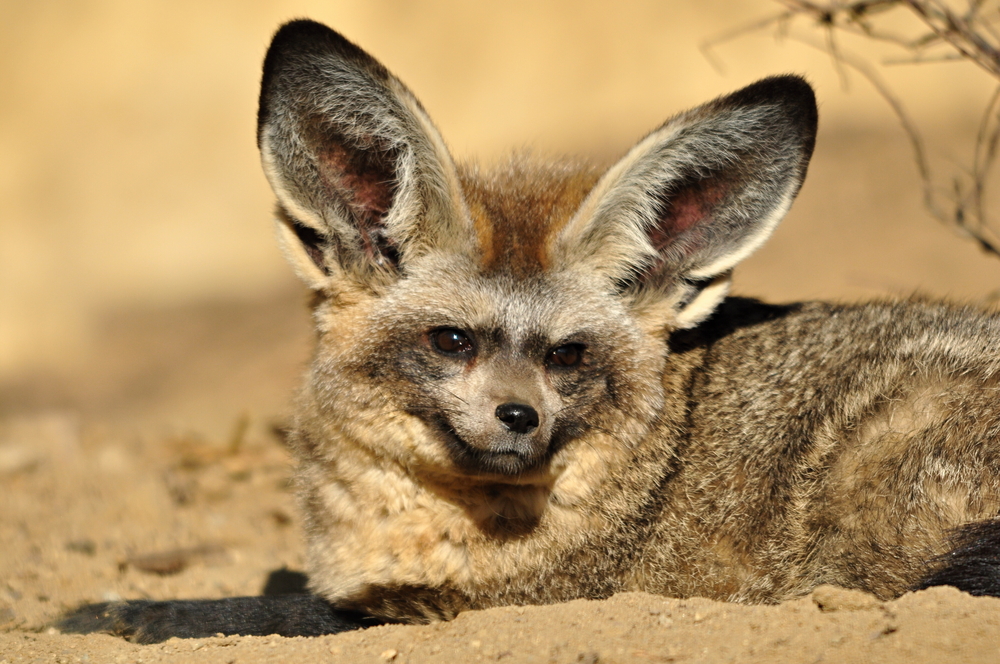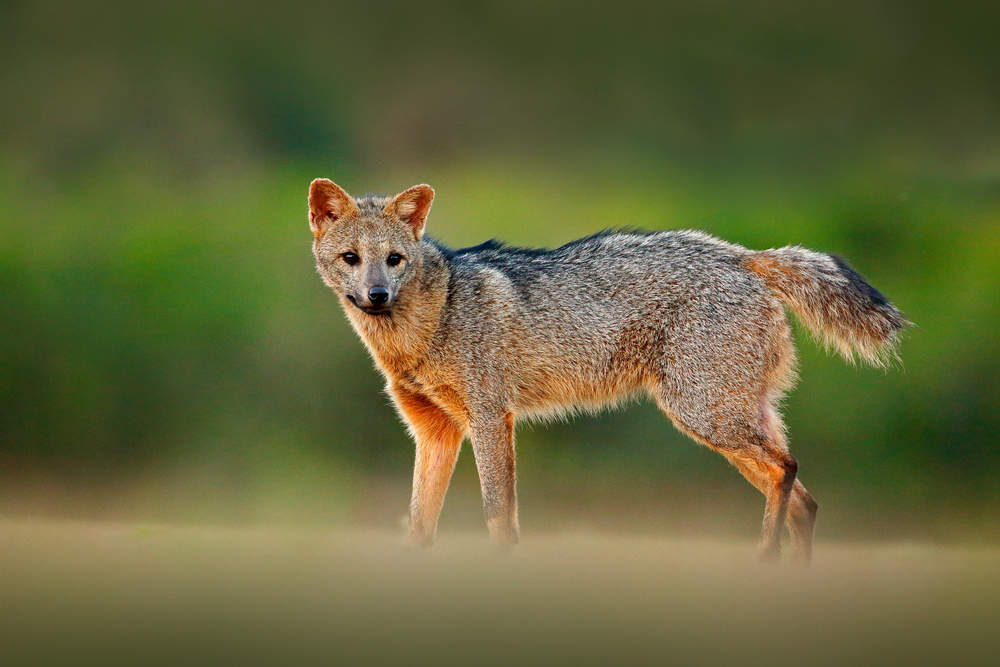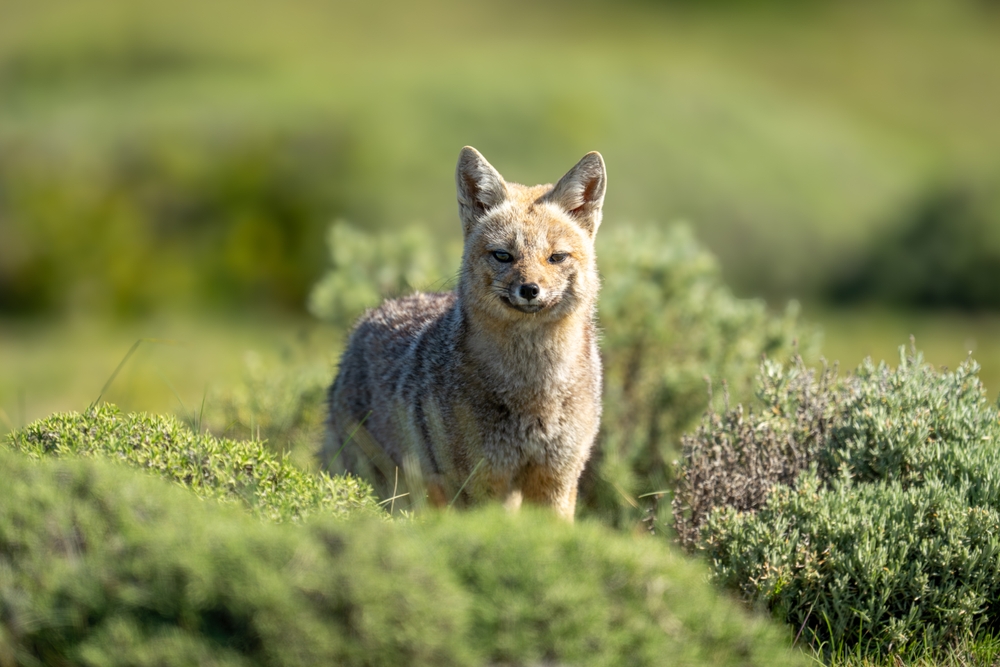Uniqueness
The Ethiopian Wolf is Africa’s rarest carnivore and the world’s most endangered canid, found only in the Afroalpine zones of Ethiopia. It is a biological outlier—neither fox nor jackal—evolved from Eurasian ancestors to fill a niche no other large carnivore occupies. The Bale Mountains population is the species’ stronghold and best-studied group. Below is a structured overview in the style of the AK Uniqueness document:
Only Wolf Species in Africa:
The Ethiopian Wolf is Africa’s sole true wolf, distinct from foxes (Vulpes), jackals (Canis aureus), and wild dogs (Lycaon pictus).
-
Closest relative: the Gray Wolf (Canis lupus), including domestic dogs
-
Diverged from a common ancestor with wolves and coyotes ~1–2 million years ago
-
Represents a rare case of a temperate carnivore adapting to a tropical alpine environment
High-Altitude Rodent Specialist:
Unlike any other wolf or jackal, the Ethiopian Wolf:
-
Hunts almost exclusively small burrowing mammals, especially in the Bale Mountains
-
Has evolved a narrow head, long legs, and pinpoint pouncing technique
-
Avoids scavenging or group hunting, unlike most canids
Bright Red Coat and Elegant Build:
Visually unlike other wolves, the Ethiopian Wolf features:
-
A slender, long-limbed body adapted for quick lunges
-
A deep reddish-orange coat with white underparts—more foxlike than wolfish
-
A gazelle-like silhouette, setting it apart in both behavior and profile
Social but Solitary Hunters:
The species exhibits unique social behavior among wolves:
-
Lives in cooperative packs, but hunts alone
-
Only the dominant female breeds, while subordinates help raise her pups
-
Combines territorial defense with non-aggressive social cohesion
Endemic to the Ethiopian Highlands:
The Ethiopian Wolf lives nowhere else on Earth. Its entire global population is restricted to six isolated mountain ranges above 3,000 meters in Ethiopia.
Extremely Disease-Vulnerable:
The species’ low numbers and tight social structure make it highly vulnerable to:
Symbol of Afroalpine Biodiversity:
As the top predator of its ecosystem, the Ethiopian Wolf plays a vital role in:
-
Controlling rodent populations
-
Maintaining the delicate balance of the Afroalpine grassland community
-
Serving as a flagship species for high-altitude conservation in Africa
The Ethiopian Wolf is one of the most specialized, elegant, and imperiled wild canids alive today. Its uniqueness lies in its evolutionary journey, remarkable ecological niche, and fragile foothold on the “Roof of Africa.” A living symbol of highland endemism, its future depends on disease control, habitat protection, and global recognition of its extraordinary rarity.



































































